Description
Seal Compatibility Additives: Ensuring the Longevity of Your System
Seals are the unsung heroes of countless industrial and automotive systems. These small, often overlooked components play a crucial role in preventing leaks, maintaining pressure, and ensuring the efficient operation of everything from engines and hydraulic systems to pumps and compressors. However, the longevity and performance of these critical seals are heavily dependent on their compatibility with the surrounding fluids they encounter. This is where seal compatibility additives come into play.
The Challenge: Fluid-Seal Interactions
Different fluids, from oils and fuels to refrigerants and hydraulic fluids, can interact with seal materials in a variety of ways. These interactions can lead to:
- Swelling: Certain fluids can be absorbed by the seal material, causing it to swell. While slight swelling can sometimes be beneficial, excessive swelling can weaken the seal and lead to dimensional changes that compromise its sealing ability.
- Shrinkage: Conversely, some fluids can extract plasticizers or other components from the seal material, causing it to shrink. This shrinkage can lead to gaps and leaks.
- Hardening: Exposure to certain fluids can cause seals to harden and lose their elasticity. This makes them more prone to cracking and failure, especially under stress or vibration.
- Softening: In other cases, fluids can soften the seal material, making it weaker and more susceptible to damage.
- Chemical Degradation: Some fluids can chemically react with the seal material, breaking down its structure at a molecular level. This can lead to rapid deterioration and failure.
These interactions can lead to premature seal failure, resulting in system downtime, costly repairs, and even environmental hazards.
The Solution: Seal Compatibility Additives
Seal compatibility additives are chemical compounds designed to mitigate these detrimental fluid-seal interactions. They work by:
- Modifying the Fluid: Additives can alter the fluid’s properties to reduce its tendency to cause swelling, shrinkage, or chemical degradation of the seal material.
- Protecting the Seal: Some additives act as protective barriers, preventing the fluid from directly contacting the seal and causing damage.
- Rejuvenating Seals: Certain additives can help to restore the pliability and elasticity of hardened seals, extending their service life.
- Improving Lubricity: Some additives also enhance the lubrication properties of the fluid, reducing friction and wear on the seal, further contributing to longevity.
Types of Seal Compatibility Additives:
There’s no “one-size-fits-all” solution when it comes to seal compatibility additives. The specific type of additive required depends on the type of fluid, the seal material, and the operating conditions. Common types include:
- Plasticizers: These additives help maintain the flexibility and elasticity of seals, especially those made from elastomers.
- Antioxidants: These protect the seal material from oxidation, a common cause of degradation, especially in high-temperature environments.
- Metal Deactivators: These prevent metal ions in the fluid from catalyzing degradation reactions.
- Swelling Agents: These are carefully formulated to induce a controlled amount of swelling, helping to maintain a tight seal.
- Dispersants: These keep contaminants suspended in the fluid, preventing them from accumulating on the seal surface and causing damage.
Choosing the Right Additive:
Selecting the appropriate seal compatibility additive requires careful consideration of several factors:
- Seal Material: Different seal materials (e.g., nitrile rubber, Viton, silicone) have varying degrees of resistance to different fluids.
- Fluid Type: The specific fluid used in the system (e.g., hydraulic oil, engine oil, antifreeze) will dictate the type of additives required.
- Operating Conditions: Temperature, pressure, and other environmental factors can influence the rate of fluid-seal interactions.
- OEM Recommendations: Consult the equipment manufacturer’s recommendations for approved fluids and additives.
Benefits of Using Seal Compatibility Additives:
The use of seal compatibility additives offers numerous benefits, including:
- Extended Seal Life: Reduced seal degradation translates to longer-lasting seals and fewer replacements.
- Reduced Downtime: Fewer seal failures mean less equipment downtime and increased productivity.
- Lower Maintenance Costs: Less frequent repairs and replacements reduce overall maintenance costs.
- Improved System Performance: Properly functioning seals ensure optimal system performance and efficiency.
- Environmental Protection: Preventing leaks reduces the risk of environmental contamination.
Conclusion:
Seal compatibility additives are a critical component in ensuring the longevity and reliability of any system that relies on seals. By understanding the potential interactions between fluids and seal materials and selecting the appropriate additives, engineers and technicians can significantly extend seal life, reduce downtime, and minimize maintenance costs. Investing in these additives is an investment in the overall health and performance of your valuable equipment.

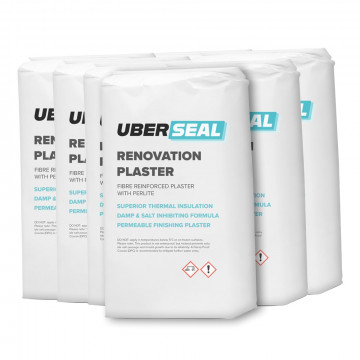

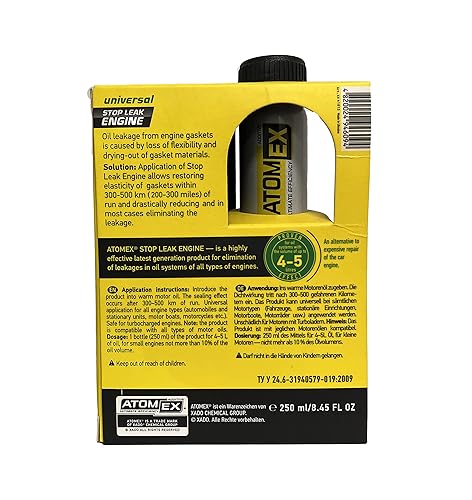


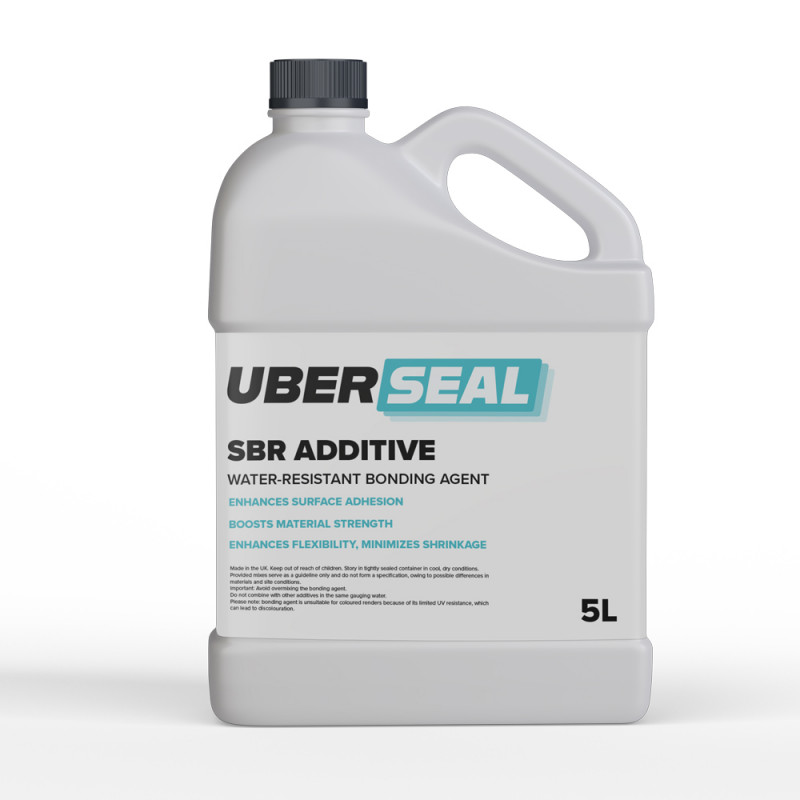
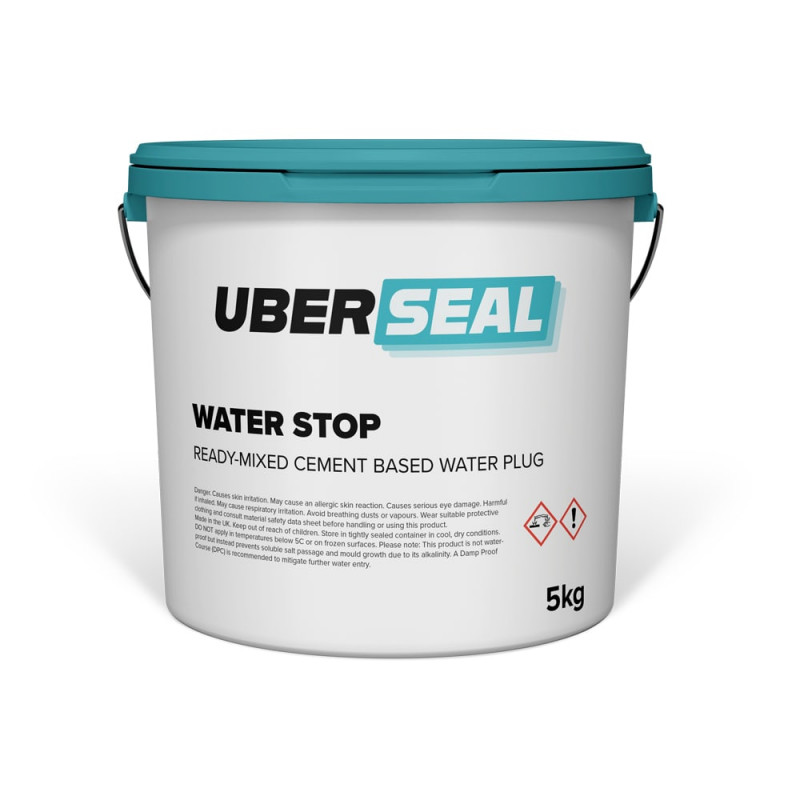


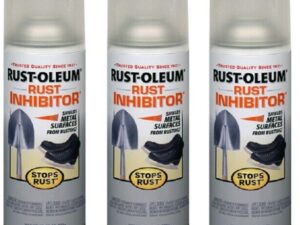

Reviews
There are no reviews yet.